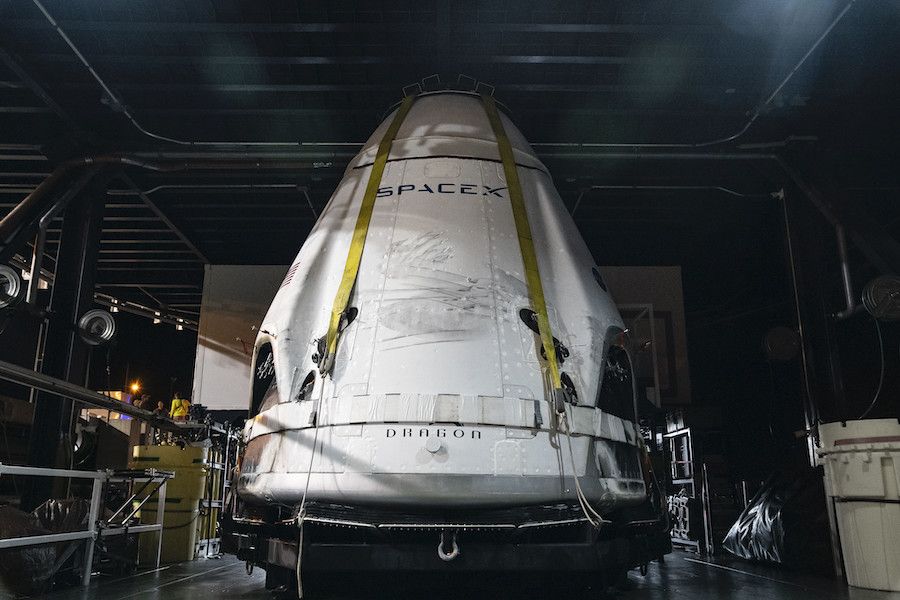Tech giant Apple has acquired Xnor.ai, an artificial intelligence startup that came from Microsoft co-founder Paul Allen’s research lab. The acquisition suggests that Apple may be planning to Xnor.ai’s machine learning tools int iPhones and iPads in the future, with processing on-device instead of in the cloud.
GeekWire first broke the news earlier Wednesday, citing sources with knowledge of the deal. According to GeekWire, the deal is reportedly worth up about $200 million. Apple paid the same $200 million for another Seattle-based AI startup, Turi, in 2016.
Unlike traditional AI that runs in massive data centers and requires network connectivity, XNOR makes AI highly efficient by allowing deep learning models to run directly on phones, IoT devices and low power microprocessors. XNOR’s technology enables AI experiences that are up to 10x faster, 200 percent more power efficient, and use 15x less memory.









